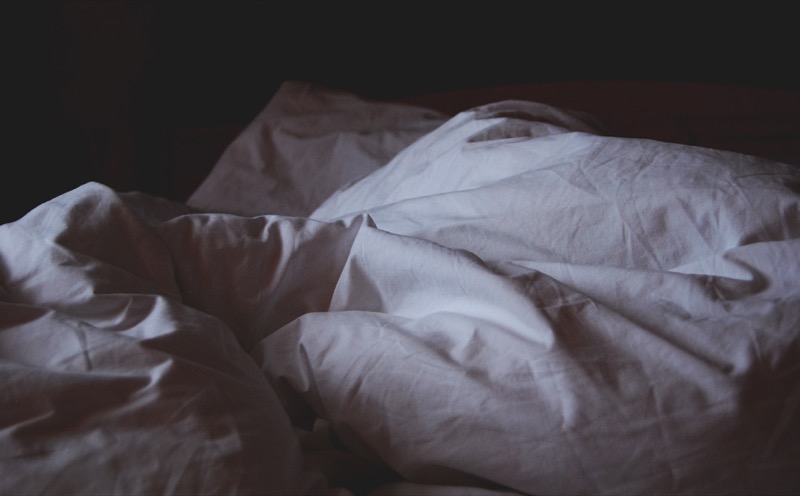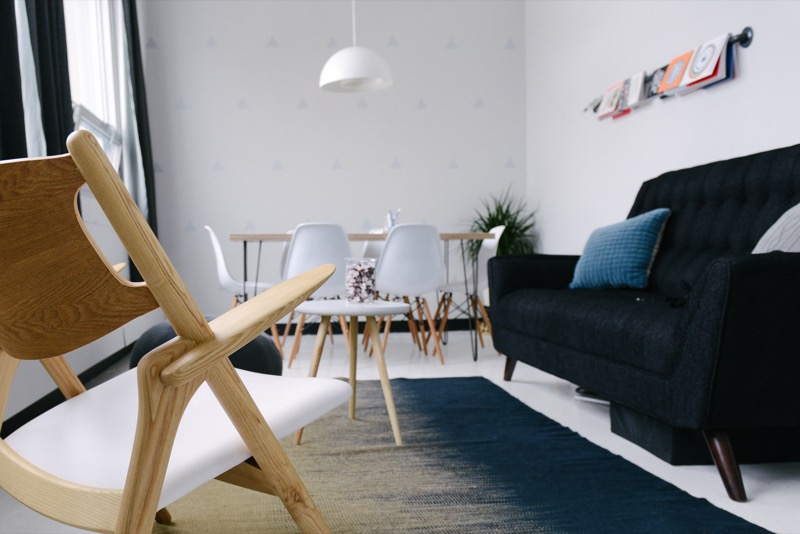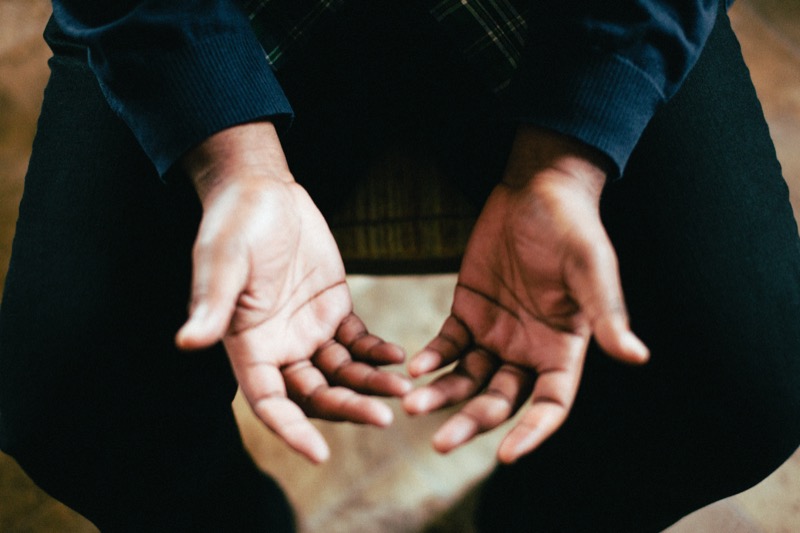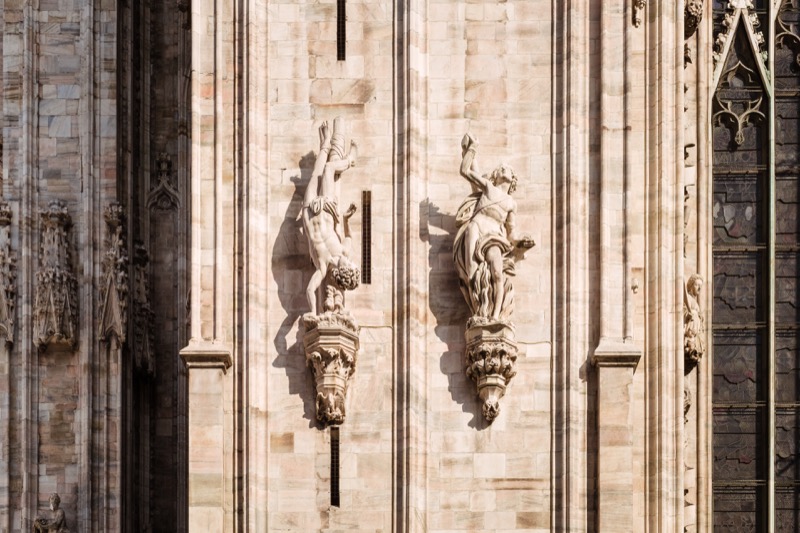What is design?
Society interpret design as sketches, painting, packaging. Some of them take it as a product—camera, phone, sofa, and chairs. It's true, but design is not that limited. In fact, design is broad.
Have you ever seen a beautiful home? That is a result of good design. Software or Application? Both also example of design. A questionnaire, organizational hierarchy, or even—business structure? That's also design. To get the same idea of what design actually are, let's see design on the same perspective.
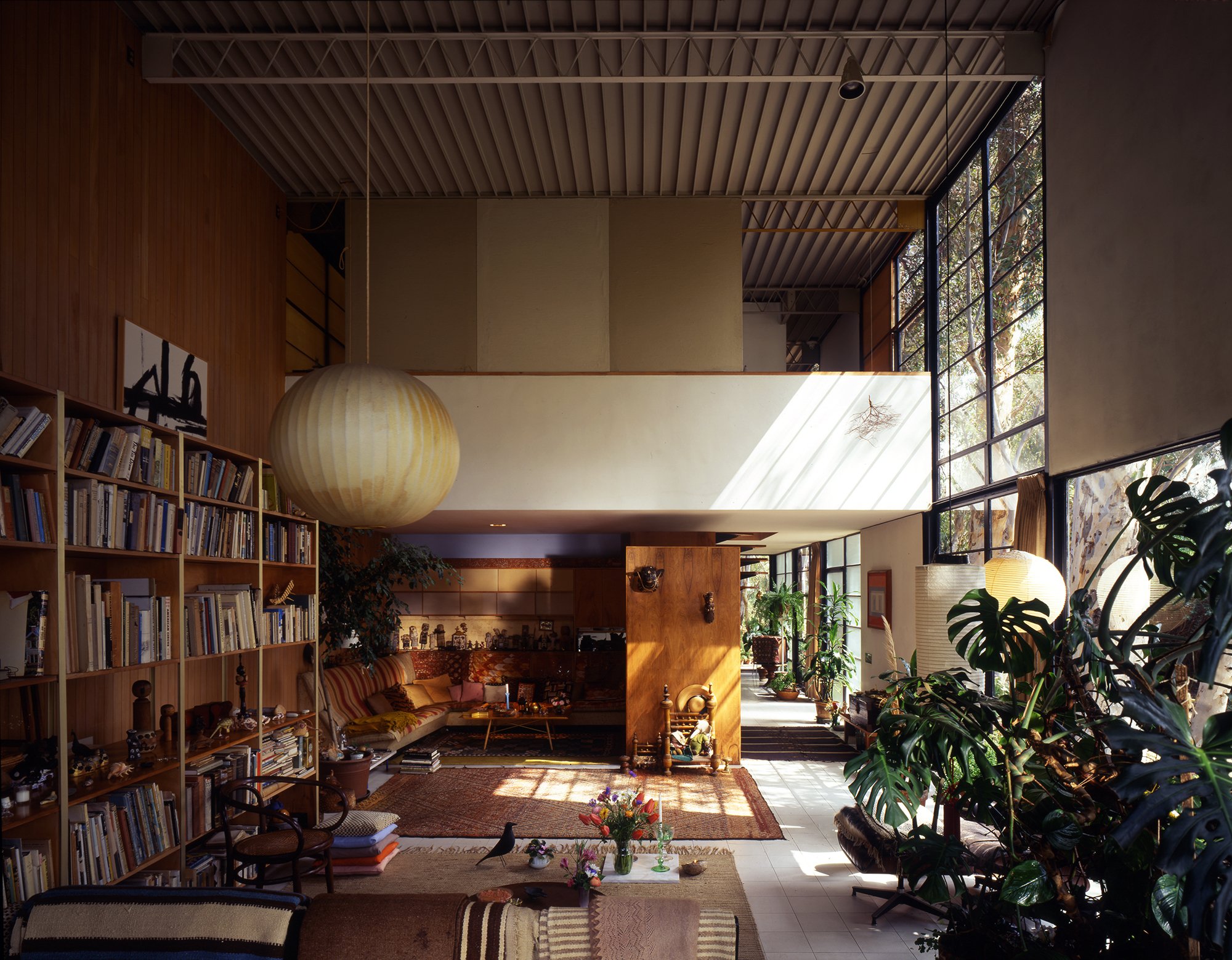
Eames House: Case Study House no. 8
Google define design as: do or plan (something) with a specific purpose or intention in mind.
Referring to that definition, we could safely say that design is a method; a method to reach a specified objective. Design is how we solve problem in our own way—objectively.
We all are, in fact, designers. Designer are problem solver. If you able to pick your sister up on kindergarten school, it means you are a good "designer". Why? Because she have a problem with "I don't know how to go back home" and you, as her brother, solve that problem by picking her up—either with a car, motorcycle, or public transport—depending on your own method and interpretation to solve the problem.
Let's use another example: take it from architectural perspective.
You got yourself a beautiful home. There's a swimming pool, a beautiful garden, cozy living room, and vast area of kitchen. Everything is so perfect. Until—you saw the imminent details.
There is no way to regulate the swimming pool water if it got dirty. No air conditioner presents in your bedroom, but strangely—there is one on your bathroom. You can't even charge your phone because there is no electricity. Of course, this is an extreme example—but a good designer will plan the home throughly and think of every possible scenario from the blueprint before building the perfectly functional home (objective).
Sure, the home is beautiful—but it isn't solve the owner's problem. It only solve the designer ego to built what he wants. Does that mean every designer in this world must solve problem? What about painting? Painters draw what they want. They follow their ego to create something.
Art VS Design

David Sculpture - Michelangelo
It is important to differentiate between design and art. Design is objective, while art is subjective. Good designer solves problem. Even an ugly website with excellent functionality are a much—better design than beautiful website with bad functionality.
Art is subjective—people create what they want and sell their artwork with whatever prices they wishes. They are expressing themselves through what they create and sought human connection—to make people feel what they feel. Of course, art also solves problem, but it follows the creator ego. It is subjective.
The best designer excels at both area: they plan and research logically, and craft the visual artistically. It doesn't mean designer should satisfied with ugly design—and justify it as "it works". The visual counterpart also important.
10 Principle of Good Design

Dieter Rams
World famous industrial designer—Dieter Rams—formulated a design manifesto called "10 Principle of Good Design" to ease us with what is a good definition of good design. According to him, good design are:
Innovative
The possibilities for progression are not, by any means, exhausted. Technological development is always offering new opportunities for original designs. But imaginative design always develops in tandem with improving technology, and can never be an end in itself.
Make a product useful
A product is bought to be used. It has to satisfy not only functional, but also psychological and aesthetic criteria. Good design emphasizes the usefulness of a product whilst disregarding anything that could detract from it.
Aesthetically pleasing
The aesthetic quality of a product is integral to its usefulness because products are used every day and have an effect on people and their well-being. Only well-executed objects can be beautiful.
Make a product understandable
It clarifies the product’s structure. Better still, it can make the product clearly express its function by making use of the user's intuition. At best, it is self-explanatory.
Unobtrusive
Products fulfilling a purpose are like tools. They are neither decorative objects nor works of art. Their design should therefore be both neutral and restrained, to leave room for the user's self-expression.
Honest
It does not make a product appear more innovative, powerful or valuable than it really is. It does not attempt to manipulate the consumer with promises that cannot be kept.
Long lasting
It avoids being fashionable and therefore never appears antiquated. Unlike fashionable design, it lasts many years – even in today's throwaway society.
Thorough
Nothing must be arbitrary or left to chance. Care and accuracy in the design process show respect towards the consumer.
Environmental friendly
Design makes an important contribution to the preservation of the environment. It conserves resources and minimizes physical and visual pollution throughout the lifecycle of the product.
As little design as possible.
Less, but better – because it concentrates on the essential aspects, and the products are not burdened with non-essentials. Back to purity, back to simplicity.
10 Principle: The Case Study
Fulfilling 10 Principle of Good Design are hard to be applied broadly. For example, fashion design are notoriously opposed any industrial designer—because it's not environmental friendly and only follows trend. It didn't last long. After the trends end, the design become obsolete.

Project Ara - Google
Other than that, smartphone industry also getting the same cynical approaches. They argue that smartphone should be made with leaves, plastic, or other material that could be easily disposed and recyclable. Thankfully, Google's Project Ara are working on this issue—and in the future, we can expect smartphone to be more environmental friendly.

Olympus OM-1 VS Olympus OM-D
Honest design didn't manipulate consumer perspective. This simplest rule are often not followed by many company. Take Olympus OM-D as an example. While this famous product is praised by many expert it still considered as unhonest design. Olympus OM-D use an older design; therefore people expect it to work with film, not digital. HTC Dream also get the same sentiment with its superfluous camera with mediocre quality.
This assumption are partially true, but let's consider it from another perspective. From baby boomers (born between 1946 and 1964) point of view, true—this design are unhonest. It duplicate old (vintage) design with digital capability. It doesn't deliver their expectation.
What if, the same product seen by Millenial (born between 1980 and 2000)? They dont know how an old camera designed and therefore, they don't know whether it is an old design or not.
Personally, I think 10 Principle of Good Design are a very utopian on any other design areas (except industrial design). I could even argue that—to follow those principle, we should use material limited to—plastic, aluminium, wood, or glasses that expected to last "forever". Those materials are very common to be used in industrial design—and we expect industrial product to last longer compared to—let's say—fashion industry.
But still, Dieter Rams principle have many followers and are no doubt—a good design characteristic. While, it is unsuitable on all design areas, we still could take some cues and implement the 10 principle as a best practice.
Types of Design
We have talk about what is good design, and we also know that design is a method to solve problem to achieve specific objective; but design have it own meanings in our society. They define design as something that related to color, graphic, and or, pictures.
Not to be confused with design as a method; design also have different meaning. Society definition of design are related to career—and there are 3 widely known design principle—differentiated by their own areas. They are Graphic Design, Interaction Design, and Industrial Design.
Let's dissect them one by one.
Graphic Design
Most of designer are usually in this area. They work with graphical images, whether they be illustrations, typography, or images, and on a variety of media including print and web. Graphic design is typically rendered in 2D – printed on a physical surface or displayed on a screen.
Graphic designer objective is to deliver messages with media they chooses.
Print Design
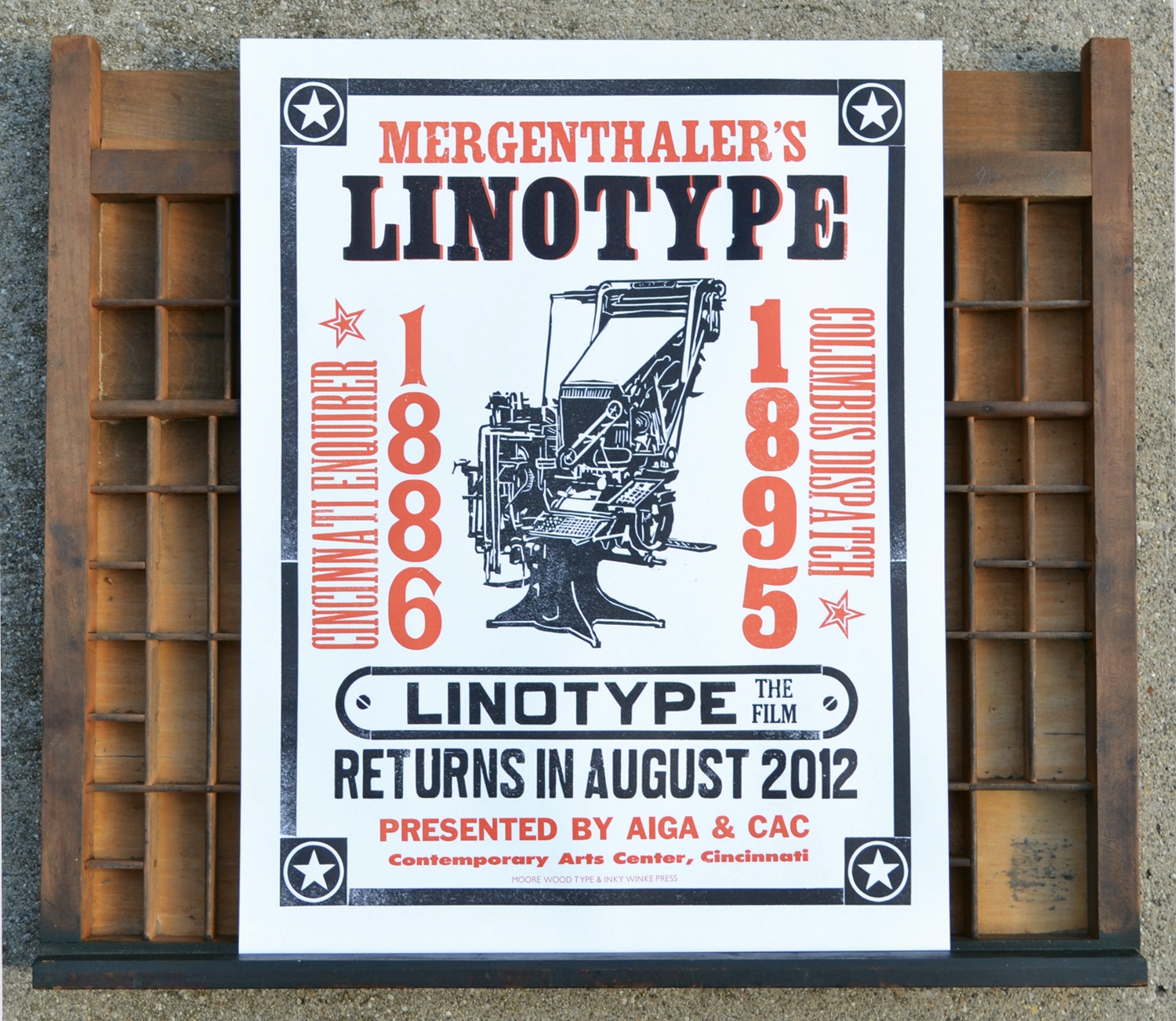
Linotype Movie Poster
Before the widespread uses of computer, website, and application—all graphic designer are working on print media. Print media are included but not limited to posters, magazine, billboard, books, and flyer. Typography, color accuracy, and traditional printing process are expected to be studied by print designer.
Anything that could be seen, touched, and are printed in flat surface are considered print design.
Digital Design
Monument Valley: an iOS game
The rise of computer and internet makes a new whole world of design possible by doing it digitally. Adobe's product are famously playing in this area with Photoshop, Illustrator, InDesign, Lightroom, After Effects, and lots more.
No doubt, digital design are what we always seen everyday. The world wide web graphic design, web banner, digital posters, online drawing, are created digitally from computer and in contrast from print design, are intangible. You can't touch the web design. Your interaction are limited to your device tangibility.
Interaction Design
While digital design are intangible, designer can still "design" the interaction digitally. Interaction designers, on the other hand, focus on digital products and interactive software design. Some examples include web apps like Facebook and Pinterest, mobile apps like Path, and operating systems like Microsoft Windows and Mac OS X. While graphic design is tangible, interaction design help us to experience or manipulate software or interface with screen-based hardware in order to achieve specific goals – checking email, withdrawing money from an ATM, and sharing articles.
User Interface Design
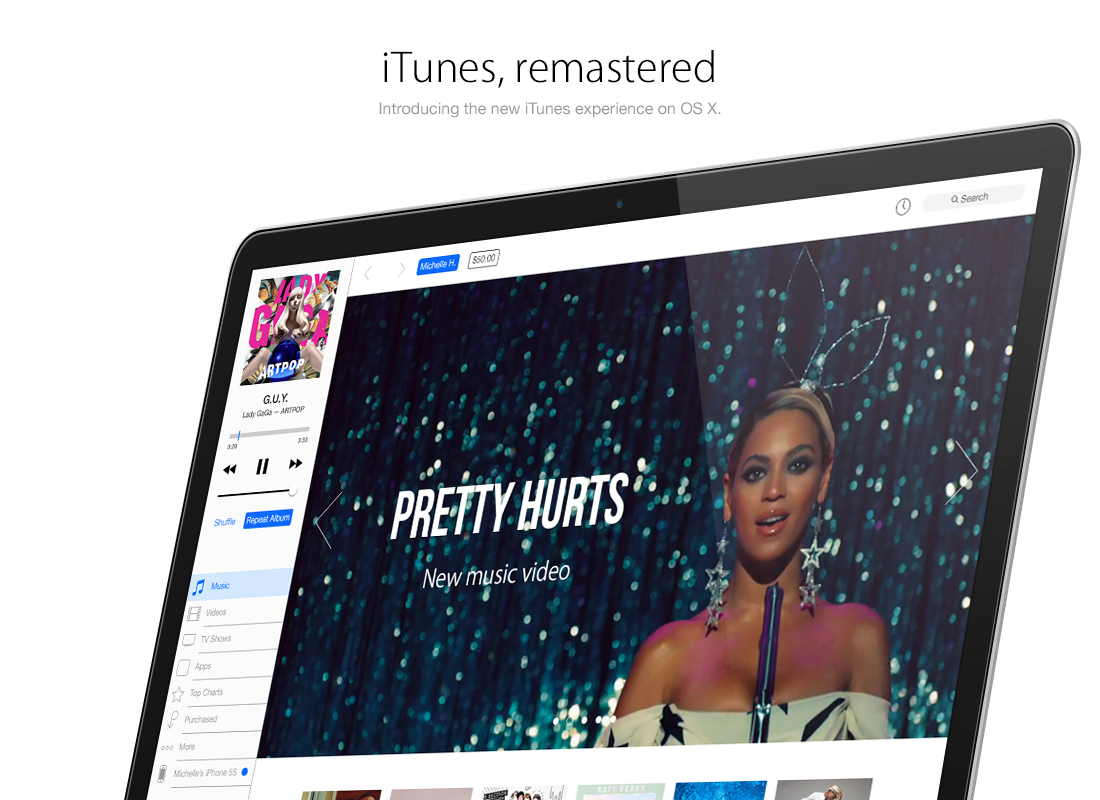
iTunes Concept Redesign by Brye Kobayashi
User Interface (UI) design is the design of software or websites with the focus on the user's experience and interaction. The goal of user interface design is to make the user's interaction as simple and efficient as possible. Good user interface design puts emphasis on goals and completing tasks, and good UI design never draws more attention to itself than enforcing user goals.
"The design process must balance technical functionality and visual elements to create a system that is not only operational but also usable and adaptable to changing user needs."
User Experience Design
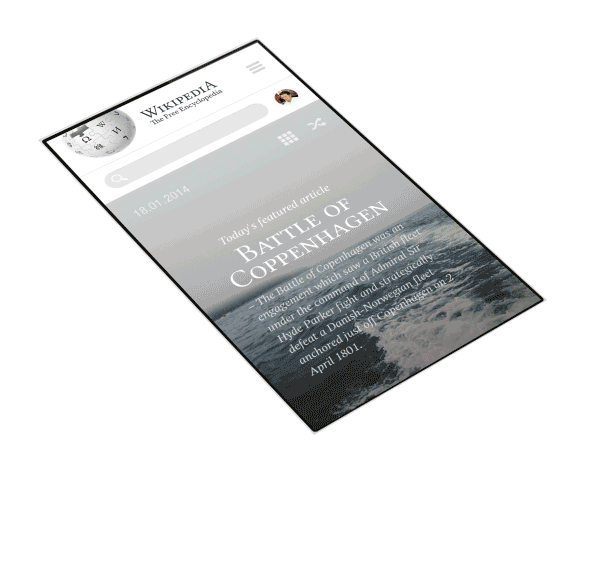
Wikipedia UX Redesign by George Kvasnikov
User Experience (UX) design "incorporates aspects of psychology, anthropology, sociology, computer science, graphic design, industrial design and cognitive science. Depending on the purpose of the product, UX may also involve content design disciplines such as communication design, instructional design, or game design."
The goal of UX design is to create a seamless, simple, and useful interaction between a user and a product, whether it be hardware or software. As with UI design, user experience design focuses on creating interactions.
Industrial Design

Thonet Chair no. 14
Industrial designers create physical products designated for mass-consumption by millions of people. Motorcycles, iPods, and toothbrushes, are all designed by industrial designers. These people are masters of physical goods and innovation within the constraints of production lines and machines.
"The objective is to study both function and form, and the connection between product, the user, and the environment.
Conclusion
For now, I hope you could understand and differentiate between design and art; also 3 major designs that are available. For the rest of our curriculum, we will discuss graphic design more throughly and a little bit of interaction design—because both areas relatively could be learned more easily and can be utilized on your daily lives.

